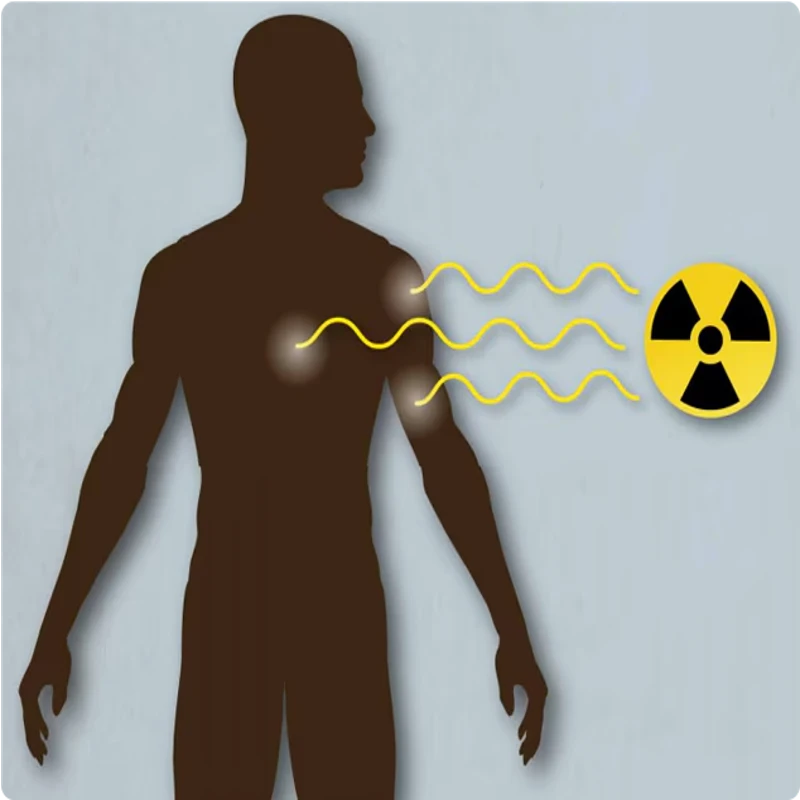Indoor air quality is a growing concern as people spend up to 90% of their time indoors. Poor air quality, caused by pollutants like dust, mold, pet dander, and carbon monoxide, can significantly affect health and well-being. These pollutants not only trigger allergies but also lead to long-term respiratory issues if left unchecked.
To combat these risks, taking proactive steps is essential. From investing in an air quality monitor to implementing sustainable cleaning practices, this article outlines actionable strategies to create a healthy home environment and improve overall air quality.
Understanding Household Pollutants
Common Indoor Pollutants
Indoor air pollution arises from several sources, including cleaning chemicals, tobacco smoke, and biological contaminants like mold spores and dust mites. These pollutants accumulate in areas with poor ventilation, creating a hazardous indoor environment.
Impact on Health
Exposure to household air pollution can result in allergies, asthma, and other respiratory conditions. Prolonged exposure increases the risks of chronic illnesses, emphasizing the importance of monitoring and addressing these pollutants.
Household Air Pollution Solutions
Fortunately, effective air pollution solutions are available. Proper ventilation, the use of the best air purifiers, and eco-friendly cleaning practices can significantly reduce indoor air pollutants.
Top Ways to Reduce Pollutants
1. Invest in Air Cleaning Devices
Air purifiers are among the most effective tools for improving home air quality. They help remove allergens, dust, and harmful particles from the air, creating a dust-free environment. For optimal results, choose devices equipped with HEPA filters.
Pairing an air purifier with an air quality monitor ensures real-time tracking of pollutants, allowing you to address problems as they arise. This combination is particularly beneficial for families with allergies or asthma.
2. Control Humidity Levels
Maintaining optimal humidity levels prevents the growth of mold and reduces dust mites. Use a dehumidifier to keep humidity between 30% and 50%. Proper ventilation also contributes to fresh air indoors, reducing moisture accumulation in bathrooms and kitchens.
For added protection, follow mold prevention tips, such as sealing cracks, using mold-resistant materials, and promptly addressing leaks.
3. Keep Your Ventilation System Clean
Regularly cleaning ventilation systems helps prevent the buildup of dust, mold, and other pollutants. Dirty ducts and filters can circulate contaminated air, worsening indoor air quality.
Improve airflow by opening windows, using exhaust fans, and maintaining air vents. These steps contribute to a steady supply of fresh air indoors, which is essential for reducing airborne toxins.
4. Use Safe Cleaning Products
Switching to safe cleaning products minimizes the release of volatile organic compounds (VOCs), which contribute to poor air quality. Choose natural or eco-friendly alternatives to reduce chemical exposure.
For a natural approach, use natural air fresheners like essential oils, which can freshen the air without harmful side effects. Lavender, eucalyptus, and citrus oils are excellent options.
5. Address Specific Pollutants
Mold Prevention Tips
Prevent mold by keeping areas dry and addressing water damage promptly. Regular cleaning with vinegar or baking soda can help inhibit mold growth.
Reducing Pet Dander
Pets can contribute to household allergens. Frequent grooming and cleaning, along with HEPA filters, can effectively reduce pet dander.
Smoke Odor Removal
Smoke odor removal is essential for maintaining a healthy environment. Use activated charcoal, vinegar, or specialized air filters to neutralize smoke odors.
Carbon Monoxide Risks
Installing carbon monoxide detectors is crucial to protect against this invisible, odorless gas. Avoid running engines or burning fuel indoors to eliminate carbon monoxide risks.
6. Incorporate Air Purification Methods
Incorporating air purification methods ensures a comprehensive approach to pollutant reduction. Plants like peace lilies and snake plants naturally purify the air, while advanced air filtration systems provide robust protection against allergens and toxins.
Benefits of a Healthy Home Environment
Health Advantages
A cleaner, healthier home results in fewer allergies, improved respiratory health, and reduced exposure to harmful toxins. Families with children or elderly members particularly benefit from better indoor air quality.
Comfort and Peace of Mind
Living in a healthy home environment enhances overall comfort, providing a fresher and more inviting atmosphere. Knowing your home is safe fosters peace of mind.
Environmental Benefits
Using sustainable practices and safe cleaning products reduces pollution, contributing to a cleaner planet. A focus on natural and eco-friendly solutions benefits both your home and the environment.
Conclusion
Improving indoor air quality requires a multifaceted approach, from using the best air purifiers and monitoring systems to incorporating natural solutions like plants and essential oils. By implementing the strategies outlined above, you can create a safer, healthier home for you and your family.
Take the first step toward cleaner air by integrating these tips into your daily routine. For real-time insights into your indoor environment, consider advanced tools like the Milerd Air Analyzer to ensure your home remains a pollutant-free haven.


Leave a comment
This site is protected by hCaptcha and the hCaptcha Privacy Policy and Terms of Service apply.